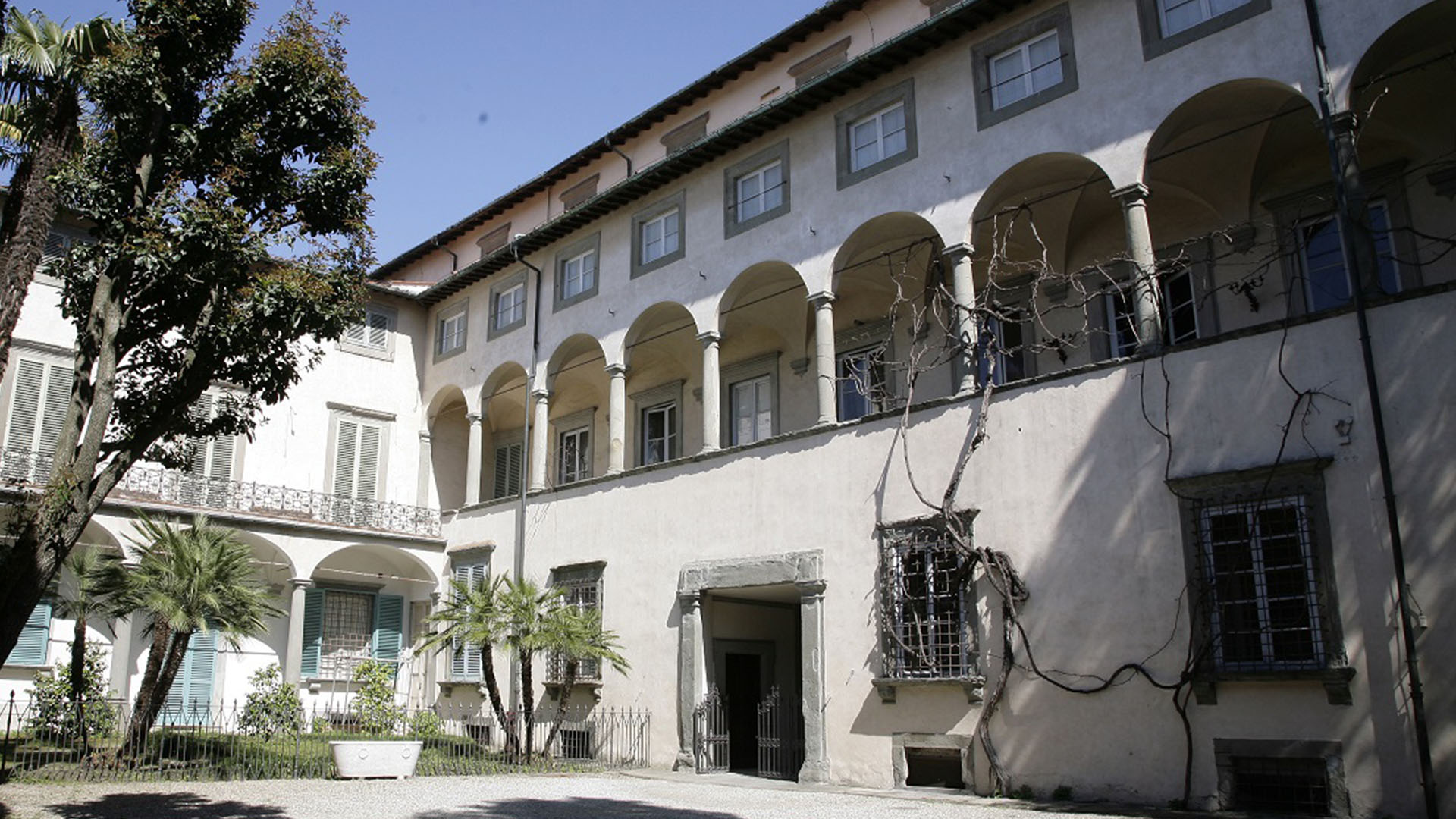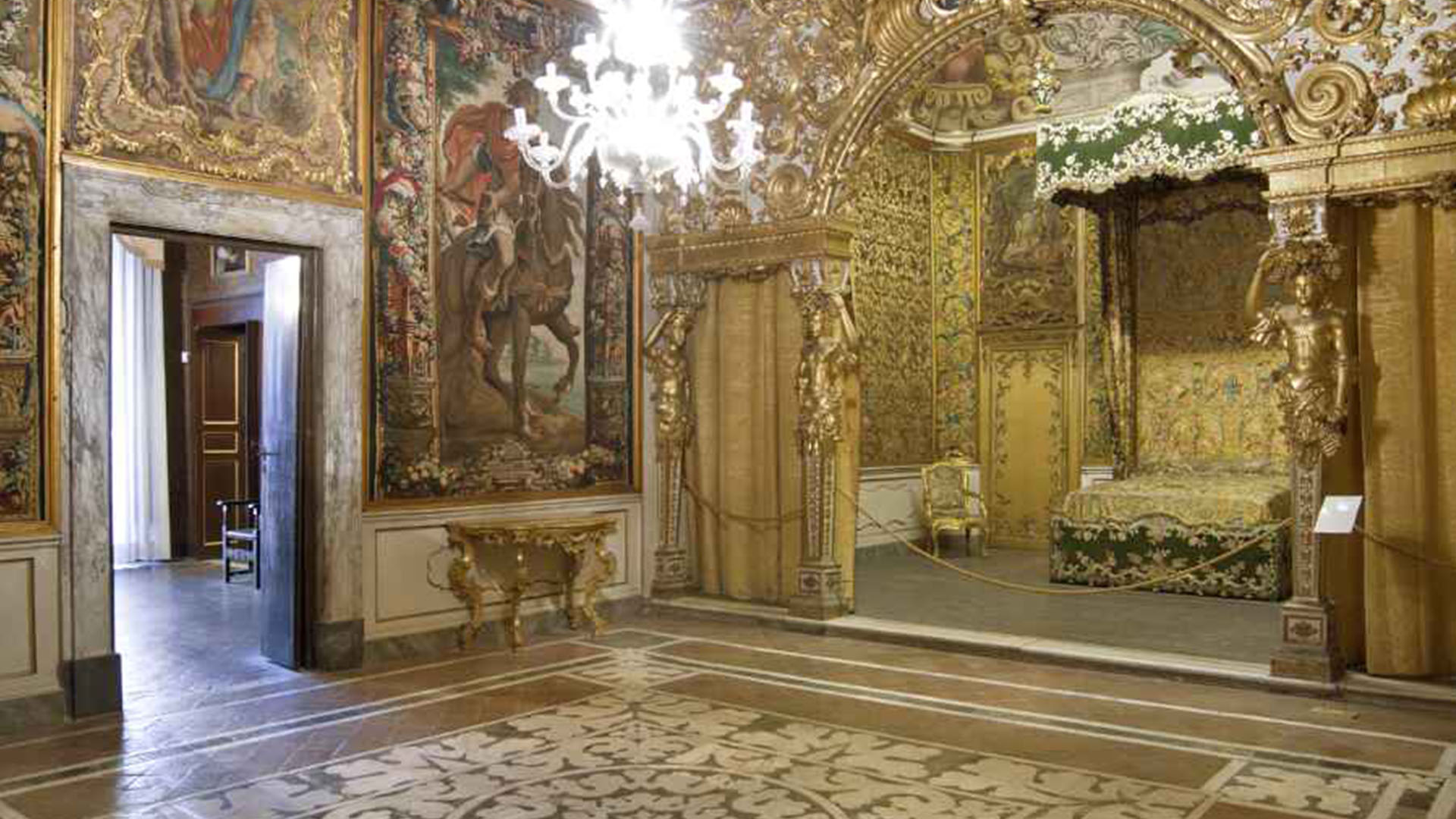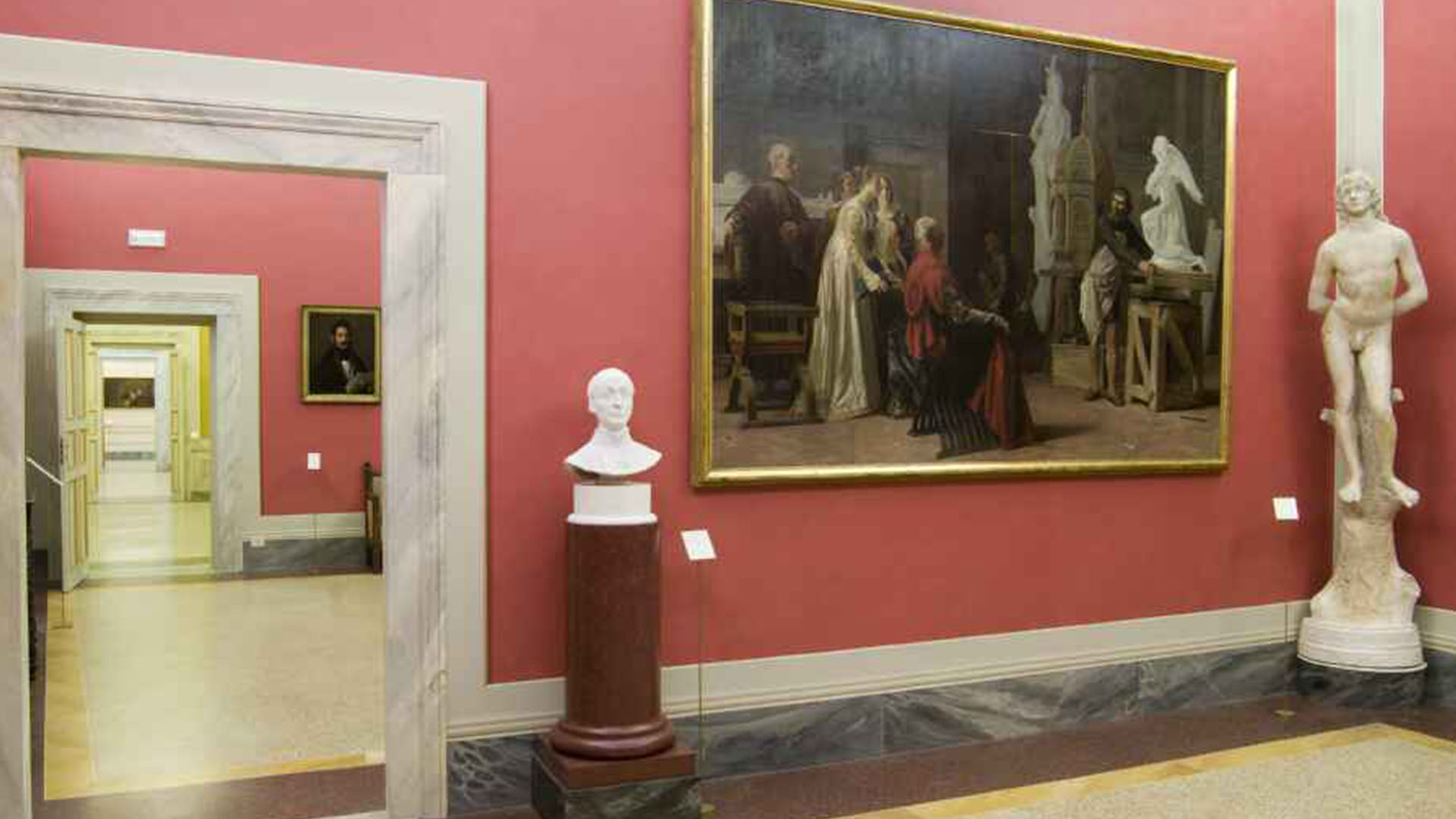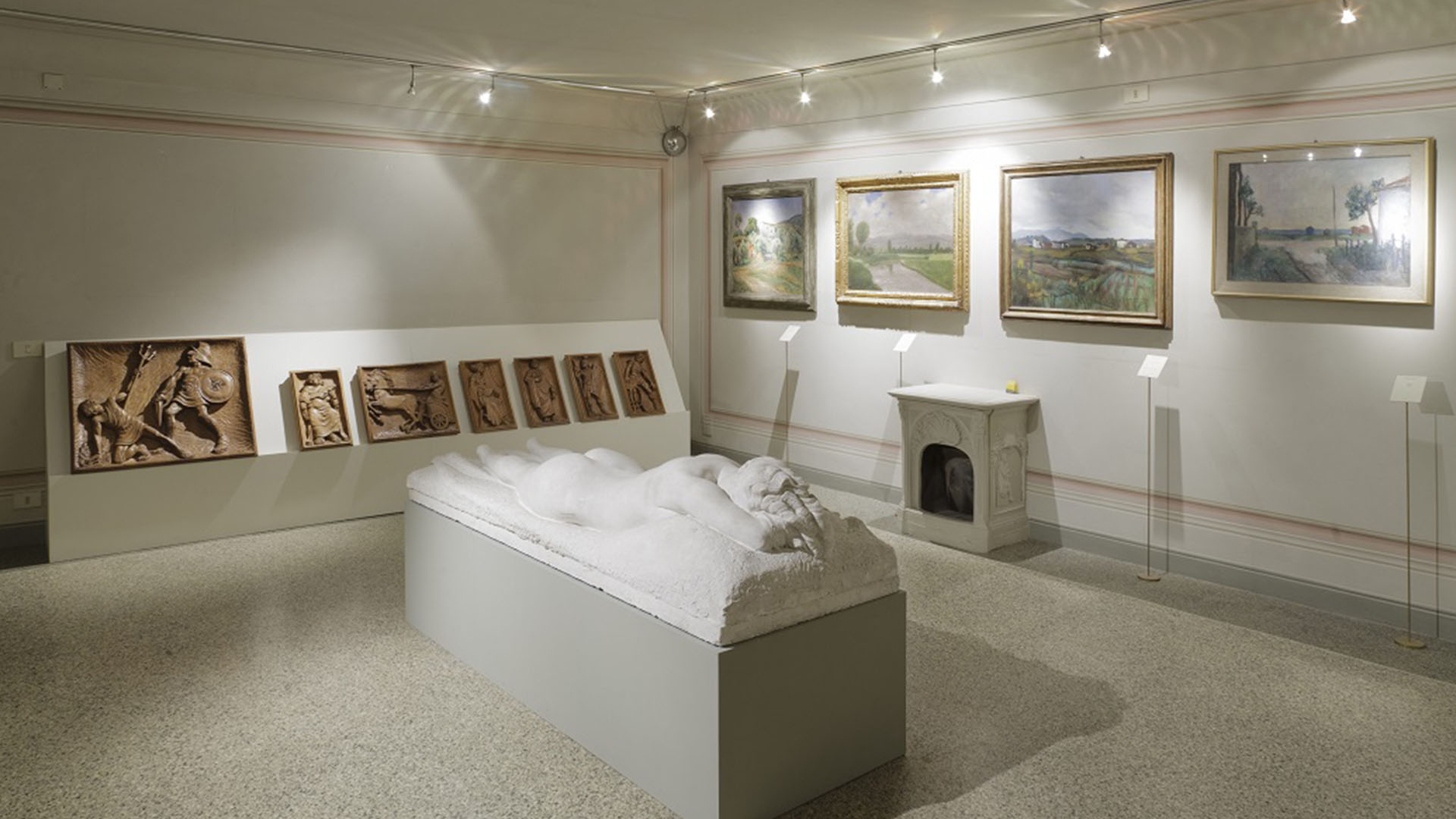The National Museum of Palazzo Mansi, a true museum-residence, constitutes an exemplary document of the dwellings of the merchants of Lucca. Transformed at the end of the 17th century by the Mansi family, who owned it, into a 'palace of representation' and fitted out according to the prevailing Baroque taste, it is today an important example of a 'museum within a museum'.




CONTACTS
ADDRESS: Via Galli Tassi, 43
PHONE: 0583 55570
EMAIL: pm-tos.museilucchesi@beniculturali.it
WEBSITE: luccamuseinazionali.it
The rooms of this typical Lucca’s residence, which retain much of the original furnishings and a precious cycle of tapestries made in Brussels, house the Picture Gallery with paintings by Italian and non-Italian schools from the 16th to the 18th century. The second floor houses sections dedicated to the 19th and 20th centuries and the rooms that once housed the palace's kitchens are home to the Maria Niemack Rustic Weaving Workshop, which exhibits 19th and 20th century looms and tools.
Also recently opened are the rooms of the Textile Collections, which offer visitors the extraordinary opportunity to discover the history of the production and trade of precious textiles on which Lucca centred its entire economy and wealth as early as the 12th century.
Napoleonic routes
In the Napoleonic routes, Palazzo Mansi is a special stop. In fact, the textile collections section houses the precious Orsetti mantle and two precious and rare examples of court gowns of the empire made of delicate materials such as silk tulle and silver and gold laminae from the private collection of Renata Frediani made of a very similar fabric that suggests a unique provenance, the only example in the international panorama of a silk tulle mantle with silver foil embroidery and related gowns.
The silk tulle mantle is richly embroidered with motifs of bunches of ears of corn in silver foil.
The dresses were made from original pieces, again in silk tulle embroidered in silver foil with motifs of feathered leaves following the precepts of the Ceremonial de l'Empire francais that codified the dresses of the entire Napoleonic court and that decreed the success of the well-known 'Empire style' cut that in women's clothing proposed dresses with a very high waist, just below the breasts and a very deep neckline, a long straight skirt, slightly flared decorated with a ribbon or belt and balloon sleeves. The refinement of the fabric and the meticulous description of the court dresses suggests that this dress may have belonged to Elisa herself.
